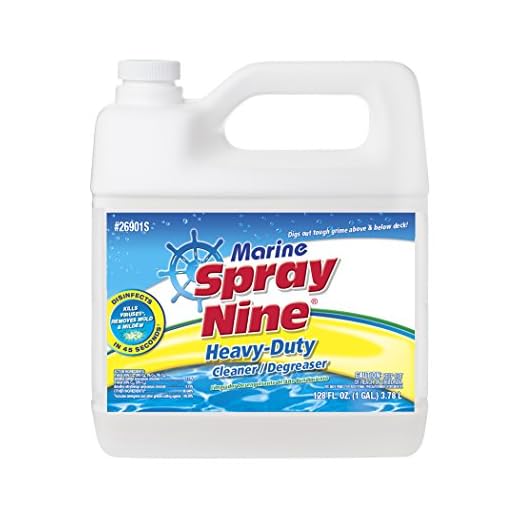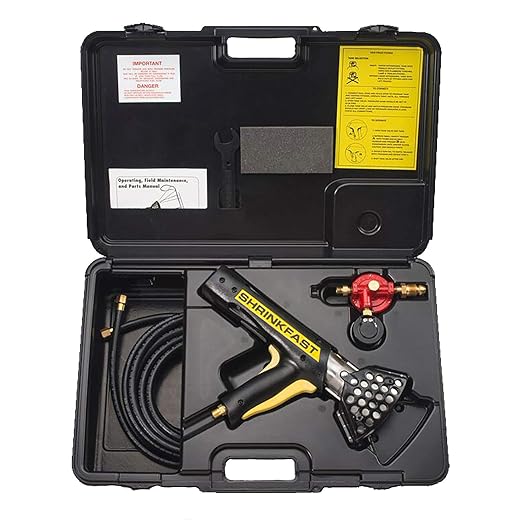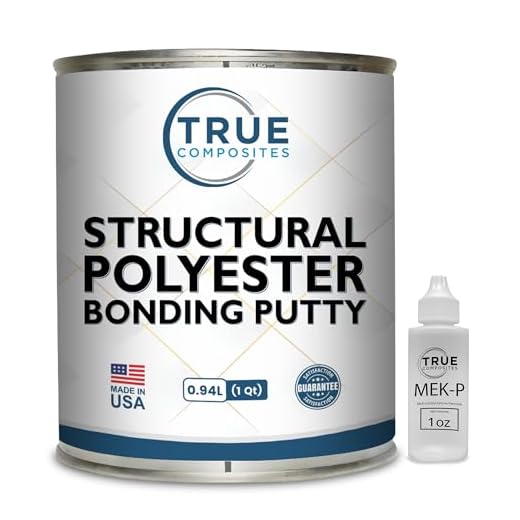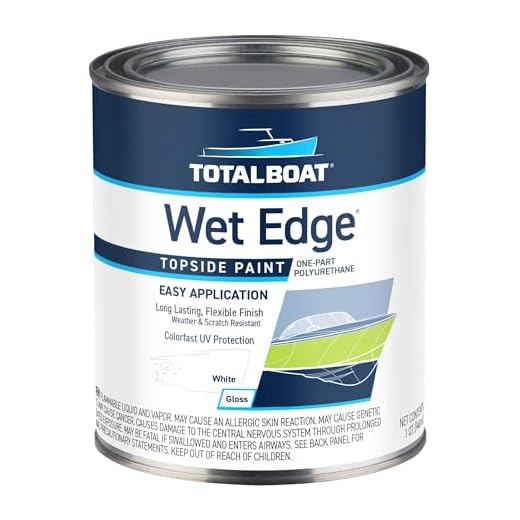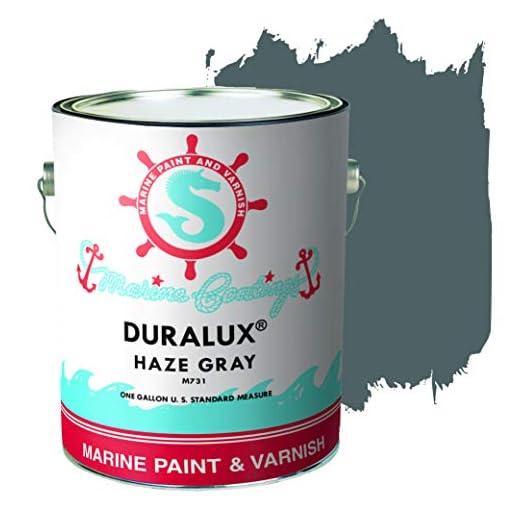Pontoon Dent Repair
Pontoon boats are fantastic vessels for spending quality time on the water with family and friends. However, even with proper care, dents can occur to the exterior of your pontoon boat, detracting from its aesthetic appeal, and potentially causing functionality issues. This article is designed to provide an informative guide on how to easily repair dents on your pontoon boat.
We’ll cover everything you need to know from the importance of maintaining your pontoon to overviews of common causes for dents on pontoons. We’ll outline the essential tools and materials needed before we dive into the step-by-step guide to pontoon dent repair. Once you have followed our guide, we’ll show you how to avoid future dents on your pontoon boat with protective measures, regular maintenance tips, and safe boating practices.
Our guide is designed primarily for the “do-it-yourselfer,” but we’ll also discuss when to call a professional. Whether this is your first time repairing your pontoon or you’re a seasoned pro, we’re confident the information outlined in the coming sections will help you restore your pontoon to its original beauty and functionality.
Preliminary Steps Before Attempting Repair
Before attempting to repair the dents on your pontoon boat, it is important to assess the damage to determine if it is something that you can handle on your own or if it requires the assistance of a professional.
Assessing the Damage: When to DIY and When to Call a Professional
- If the dents are small and shallow, it is something that you can probably fix on your own.
- If the dents are deep and extensive, it is best to seek the help of a professional.
- If the dents are in a hard-to-reach area or if the damage has caused structural issues, it is highly recommended to consult an experienced repair specialist.
Once you have assessed the damage and have decided to move forward with a DIY repair, the following steps should be taken to prepare your boat for repair.
Preparing Your Pontoon Boat for Repair
- Ensure that the boat is on dry land and properly secured before attempting any repairs.
- Remove any dirt, grime, or debris from the area around the dent that needs to be repaired.
- Clean the damage area thoroughly using a degreaser and a microfiber cloth.
- Sand the damaged area with sandpaper until it is smooth and even.
- Ensure that the area is completely dry before beginning any repairs.
Finally, it is important to take the necessary safety precautions before attempting any repairs on your pontoon boat.
Ensuring Safety: Best Practices to Follow
- Wear protective eyewear and a breathing mask when sanding or working with chemicals.
- Keep a fire extinguisher and first aid kit nearby in case of accidents.
- Ensure that there is proper ventilation and work in a well-lit area.
- Follow all instructions on the products and materials that you are using.
- Take your time and work carefully to minimize the risk of accidental injury.
Step-by-Step Guide to Pontoon Dent Repair
A. Cleaning and Sanding the Damaged Area
Before beginning any repair work, the damaged area must be thoroughly cleaned and sanded to ensure a smooth surface. Use a marine-grade cleaner to remove any dirt, grime, or debris from the affected area. Next, use a fine-grit sandpaper to sand down the damaged area, creating a smooth surface for the repair work.
B. Techniques for Popping Out Dents
There are a few different techniques for popping out dents in a pontoon boat. One common method is to use a heat gun or hair dryer to warm up the damaged area. Once the area is warm, use your hands or a rubber mallet to gently apply pressure to the dent, pushing it outwards. Alternatively, you can use a suction cup or a vacuum to pull the dent out from the inside of the pontoon.
C. Applying Filler and Sanding for Smoothness
After the dent has been popped out, fill any remaining gaps or holes with a marine-grade filler. Once the filler has dried, sand the area down again to ensure a smooth surface. It is important to use a fine-grit sandpaper and to sand in a circular motion to avoid creating any new scratches or dents.
D. Painting and Finishing Touches
Finally, paint the repaired area to match the rest of the pontoon. Be sure to use marine-grade paint and to apply it in thin, even coats. After the paint has dried, buff the area with a polishing compound to ensure a smooth, shiny finish.
Preventing Future Dents on Your Pontoon Boat
A. Protective Measures for Your Pontoon
Prevention is always better than cure. If you want to keep your pontoon boat dent-free, you must take the necessary protective measures. One of the easiest ways to avoid dents is to install fenders and bumpers. These will absorb any impact and prevent damage to your pontoon. You can also consider using boat covers when your pontoon is not in use. This will protect your boat from harsh weather conditions, which can cause dents.
Another protective measure you can take is to avoid overloading your pontoon. Every pontoon has a weight capacity, and exceeding it will put unnecessary stress on your boat and increase the risk of dents.
B. Regular Maintenance Tips
Maintenance is key to keeping your pontoon boat in top condition. Regular cleaning and waxing can go a long way in preventing dents. When dirt and grime accumulate on your pontoon, it becomes easier for dents to occur. Cleaning regularly will also help you spot any potential issues before they get out of hand.
You should also inspect your pontoon regularly for any signs of wear and tear. This includes checking the seams and welds as well as the overall structural integrity of the boat. If you notice any issues, it’s important to address them as soon as possible.
Additionally, make sure to keep your pontoon properly inflated. Overinflated pontoons can put added stress on the boat, increasing the risk of dents and other damage. Conversely, under-inflated pontoons will drag in the water, making them more susceptible to dents.
C. Safe Boating Practices to Minimize Damage
Your boating practices can also impact the likelihood of dents on your pontoon. First and foremost, always pay attention to the water conditions and weather forecast. Avoid going out in choppy waters or during storms, as these conditions can cause significant damage to your pontoon.
You should also be mindful of how you dock your pontoon. Always dock slowly and carefully to avoid hitting the dock or other boats. It’s also a good idea to use ropes and bumpers to prevent any impact.
Finally, be mindful of the people on your pontoon. Overloading your boat can put undue stress on the pontoons, leading to dents and other damage.
| Section | Key Data Points |
|---|---|
| A. Protective Measures for Your Pontoon |
|
| B. Regular Maintenance Tips |
|
| C. Safe Boating Practices to Minimize Damage |
|
Conclusion: Enjoying a Restored Pontoon Boat
Congratulations! You have successfully repaired your pontoon boat’s dents and restored it to its former glory. Now that your boat looks as good as new, it’s time to take it out on the water and enjoy your labor. But before you do, let’s briefly recap the dent repair process and what you can do to prevent future damage.
A. Recap of the Dent Repair Process
First, you assessed the damage to determine whether you should DIY or hire a professional. Then, you prepared your boat for repair by cleaning and sanding the damaged area and ensuring safety. After that, you popped out the dents, applied filler, sanded for smoothness, and finished with paint and touches. Lastly, you learned about preventive measures for your pontoon and tips for regular maintenance.
B. The Satisfaction of DIY Repairs and Cost Savings
By repairing your pontoon’s dents on your own, you not only saved money but also gained a sense of accomplishment and pride. DIY repairs can be both fun and rewarding, and you might even discover a new hobby to enjoy. Plus, the cost savings can be invested in other boating accessories or activities.
C. Encouragement to Keep Your Pontoon in Top Condition
Finally, it’s essential to keep your pontoon in top condition to prevent future damage and ensure safe and enjoyable boating experiences. By implementing the preventive measures and maintenance tips we’ve outlined, you can keep your pontoon looking and functioning at its best for years to come.
Frequently Asked Questions
Q: Can I repair large dents on my pontoon boat on my own?
A: It’s recommended to leave large and extensive damage to professionals who have specialized tools and expertise. Trying to DIY repair a severe dent might cause further damage and pose safety risks.
Q: Are there any products that can prevent pontoon dents?
A: Yes. Some products can protect your pontoon from dents, such as dock bumpers, fenders, and protective films. However, the best way to avoid damage is to practice safe boating and regularly maintain your boat.
Q: What are the most common causes of pontoon dents?
A: The most frequent causes of pontoon dents are collisions with docks, objects, and other boats, as well as underestimating water depth and hitting rocks or submerged obstacles.



